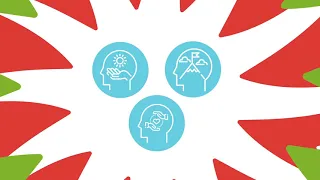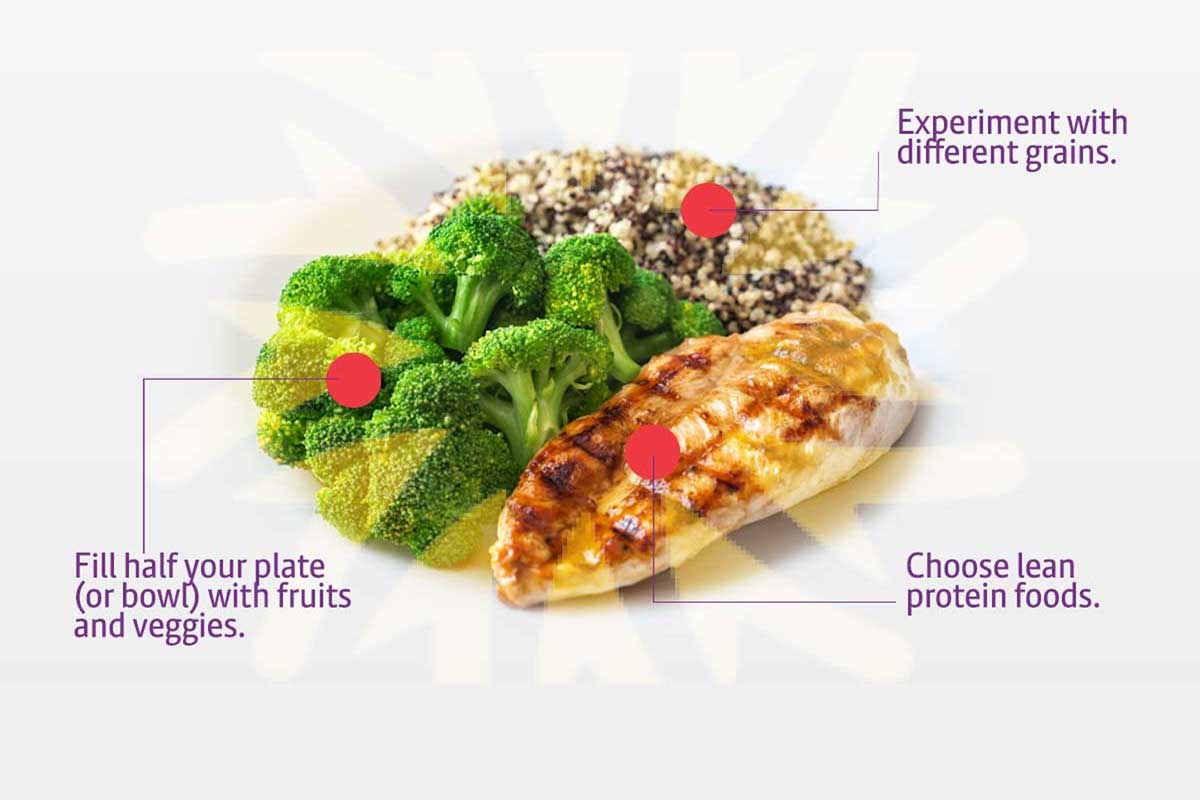Minding your mind to be in the moment
Practicing mindfulness could help mitigate stress and improve overall wellness
Muscle memory. Creatures of habit. “I could do it with my eyes closed.” These common phrases all refer to how the brain helps us streamline familiar tasks and sensory information so we don’t have to process it all in real time. But while going through life on autopilot, what might we be missing?
The idea of being more mindful has become increasingly prevalent as a way to combat this tendency. Mindfulness is all about being present, or in the moment. It can mean noticing small things, like the weather or a particularly nice cashier at your local grocery store, but it can also mean being more attuned to how emotions manifest in the body, whether stemming from joy or frustration or sadness. The point is to experience life fully, purposefully, and without judgment.
According to Kelly Barron, life teacher at eMindful, living on autopilot can be a joy-suck, and it can also perpetuate unhealthy habits, like stress eating1. If being open to life’s experiences is the first part of being mindful, using that newfound awareness to inform the way we deal with mental or emotional adversities is the pièce de résistance.
In Barron’s own words, “Being mindful gives us the opportunity to not only live more fully but also to see our mental and emotional habits more clearly and to choose whether or not we want to engage in them.”
Being mindful may come more naturally to some, but making a conscious effort to cultivate mindfulness can be beneficial to anyone. One way to do this is through meditation. Another way to practice mindfulness is by taking a moment to pause and ground yourself in the present, both physically and mentally2.
Both of these methods are intended to bring the body and mind back in sync, so we can act effectively on what we need, address any seemingly rogue emotions or intuitions, and remind ourselves to enjoy the little things in life.
Sources:
[1] Barron, K. “What is mindfulness?” eMindful. Accessed Oct. 20, 2023, from https://emindful.com/2019/01/14/what-is-mindfulness-making-sense-of-mindfulness-practice/.
[2] eMindful. “Mindfulness for Beginners: 3 Ways to Ease into Mindfulness if You’re New to the Practice.” Accessed Oct. 20, 2023, from https://emindful.com/2020/04/10/mindfulness-for-beginners/.





